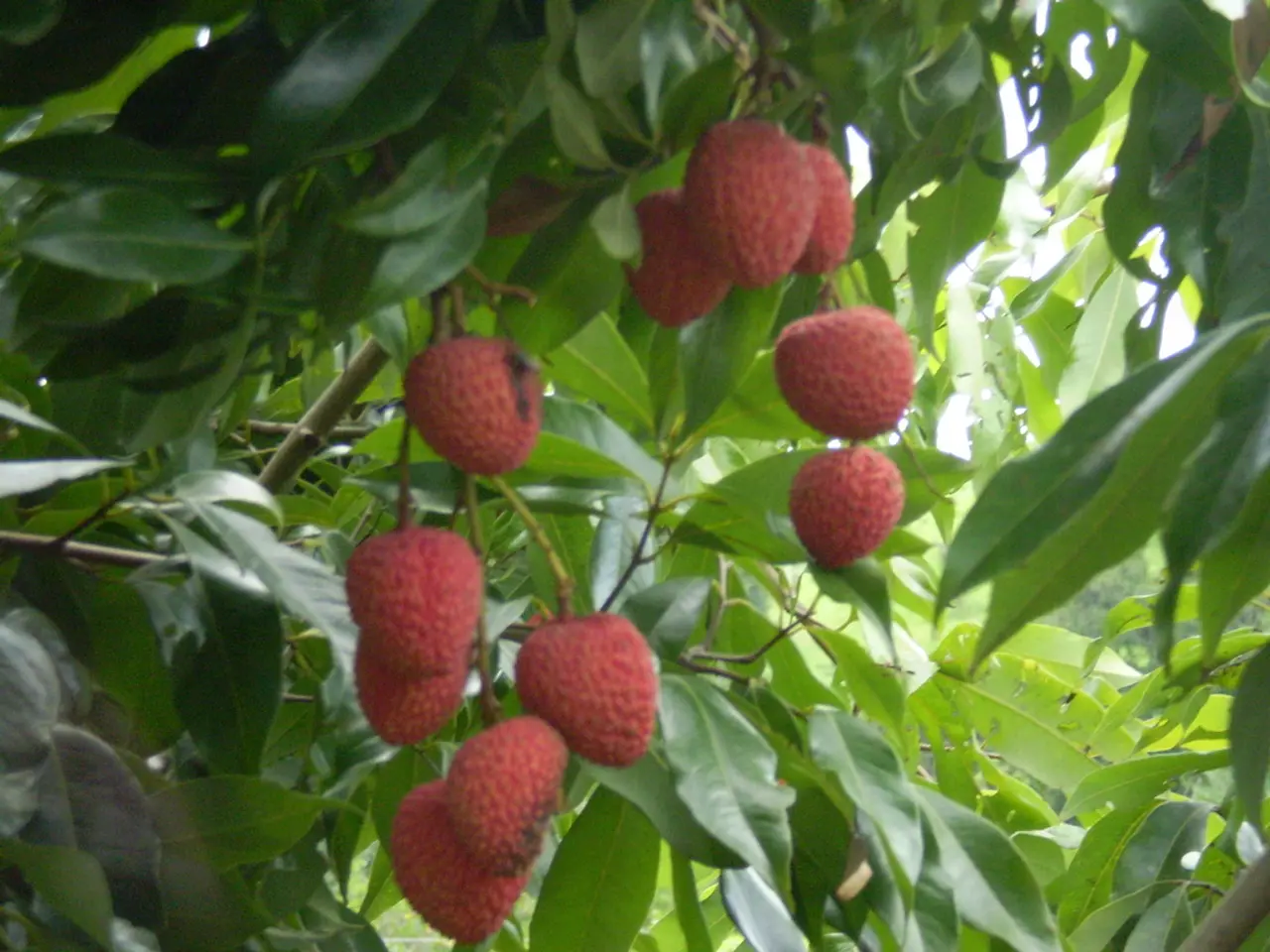Consuming 30 grams of the wondrous medication along with one glass of ashes is on our agenda.
In August, strawberry plants require special attention to ensure a healthy next season and strong fruiting during late summer. Here's a guide to pruning, fertilizing, watering, disease prevention, and additional tips to help your strawberries thrive.
Pruning
Removing runners that grow into aisles can help reduce excessive plant spread and encourage stronger fruiting in the main crowns. After strawberry harvest, trim back old leaves and thin plants, especially for June-bearing types. However, in August, focus mainly on removing excessive runners and old debris rather than hard pruning.
Fertilizing
For June-bearing varieties, apply nitrogen fertilizer such as calcium nitrate at a rate of about 3-4 pounds per 100 feet of row between mid-August and mid-September to support fruit bud formation for next year. For everbearing or day-neutral varieties, continue fertilizing periodically every few weeks through August to maintain growth and development.
A simple mix of 30 grams of superphosphate and a cup of ash per 10 liters of water can be used for fertilization in August. Alternatively, double superphosphate (30-40 grams per square meter) and potassium sulfate (15-20 grams per square meter) can also be used as mineral fertilizers.
If the leaves of the strawberry plants are yellowing, they might need magnesium. In this case, use magnesium sulfate at a rate of 10-15 grams per bucket of water.
Watering
Provide consistent moisture with about 1 to 1.5 inches of water weekly; in hot August weather, deep watering 2-3 times per week may be necessary, ideally in the morning to reduce disease risk.
Disease Prevention
Maintain weed control by mulching (1-2 inch layer of straw preferred), hand-pulling, and hoeing to reduce competition and disease pressure. Avoid grass clippings as mulch since they can smother plants and possibly increase disease risk. Thin dense foliage to improve air circulation and reduce humidity around plants, helping prevent fungal diseases. Inspect plants regularly for disease symptoms and remove any infected leaves promptly.
Additional Tips
Use well-draining soil with pH between 5.3 and 6.5; amend soil as necessary for optimal plant health. Consider partial shade or shade cloth if August temperatures are very high to prevent sunburn on berries and plants. Apply mulch to retain soil moisture and keep roots cool during heat.
Ever-bearing strawberries can be fed with yeast: 100 grams of fresh yeast or 30-35 grams of dry yeast per 10 liters of water, let it sit for 3 hours, then dilute the concentrate 1:5 with clean water. Organic options for fertilization include compost or chicken manure tea, but be cautious with manure as it needs to be diluted 1:20 to avoid burning the roots. After feeding ever-bearing strawberries, treat the plants for diseases with Bordeaux mixture or copper sulfate. Prune the strawberry plants by removing old and diseased leaves, leaving only the young ones, and cutting off runners if not propagating.
August is a crucial month for strawberry plants as they are setting buds for next year. With proper care, ever-bearing strawberries will produce large, sweet berries next year. Mulch the rows and gently loosen the soil around the strawberry plants for optimal growth.
Gardening in August involves paying special attention to the lifestyle of your strawberry plants, as they are setting buds for next year's fruiting. To ensure a healthy lifestyle for your strawberries, focus on home-and-garden tasks such as pruning excessive runners and old debris, applying nitrogen fertilizers, maintaining consistent watering, and preventing diseases through proper soil management and weed control.




